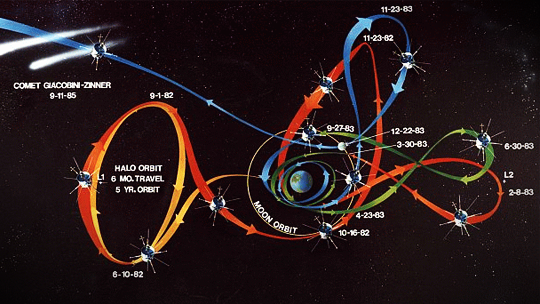Fundamentals of Libration Point Mission Design
Discipline: Guidance, Navigation & Control
Webcast Air Date: October 19, 2016
The vicinity near the Earth-Moon libration points has recently emerged as a potential location to support future crewed and robotic missions as part of a resilient and evolving space infrastructure. Beyond cislunar space, successful missions to the vicinity of the Sun-Earth/Moon libration points have also been accomplished and other Sun-planet and planet-moon options are being explored. Such mission scenarios offer unprecedented opportunities but involve complex and competing requirements. The mathematical foundations and dynamical structures in this multi-body environment are exploited for trajectory design in planning missions of this type and a new generation of strategies and analysis tools are evolving to enable the practical implementation of the complex new concepts. In particular, the existence of periodic orbits throughout a libration point region serves as a framework and the connections between various families allows movement throughout the region. This webcast will include a discussion of the astrodynamics basics to design such trajectories and some techniques to leverage the dynamical structures.
Presenters:
Dr. Kathleen HowellLinks
- Slides
- Confirmation of Attendance
- Dr. Kathleen Howell's Biography
- Neil Dennehy's Biography
- Guidance, Navigation & Control Catalog (NESC Academy)
- NESC Academy Online
- Guidance, Navigation & Control Community of Practice (NASA Internal Networks Only)
- Feedback
- Fundamentals of Libration Point Mission Design - Applications
